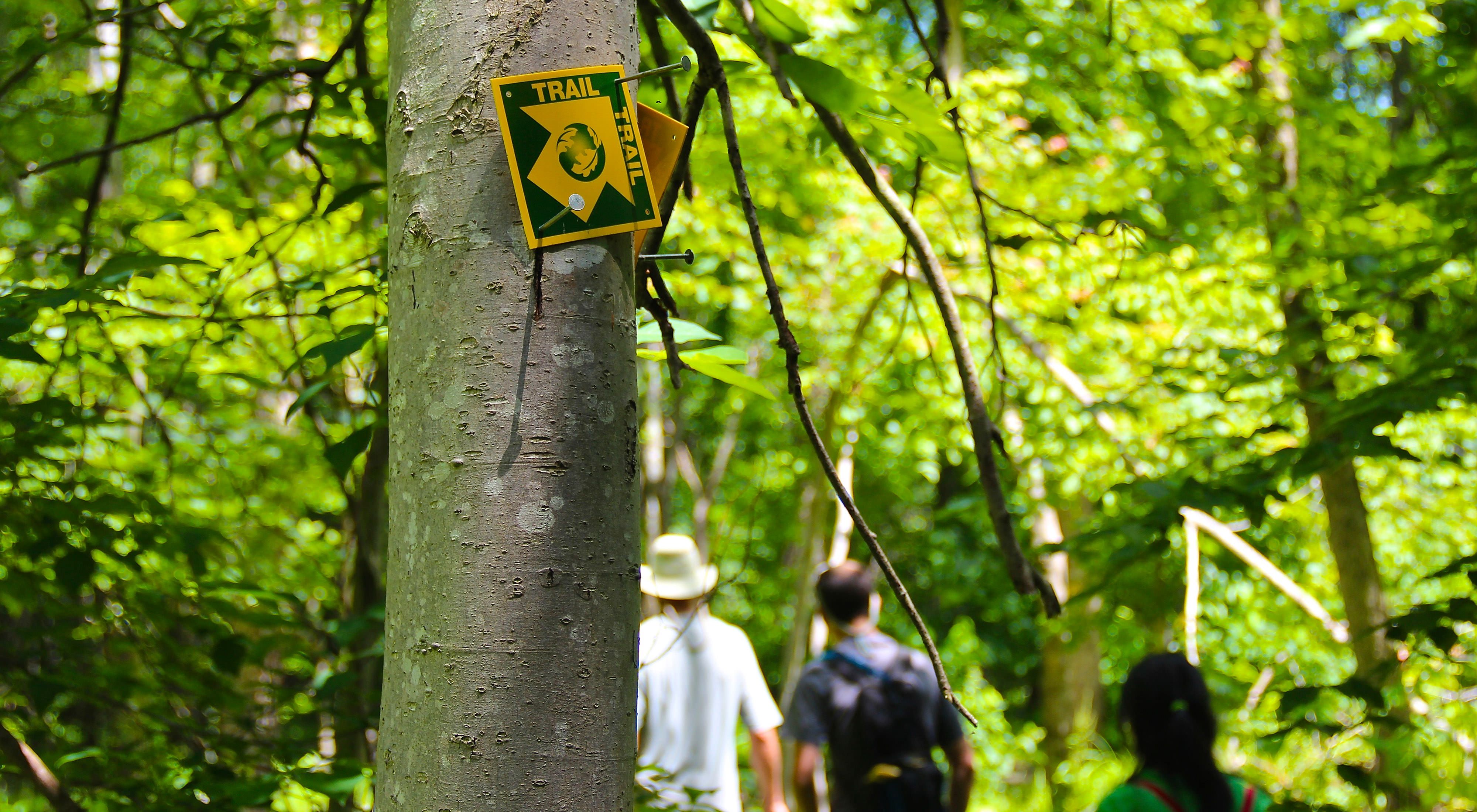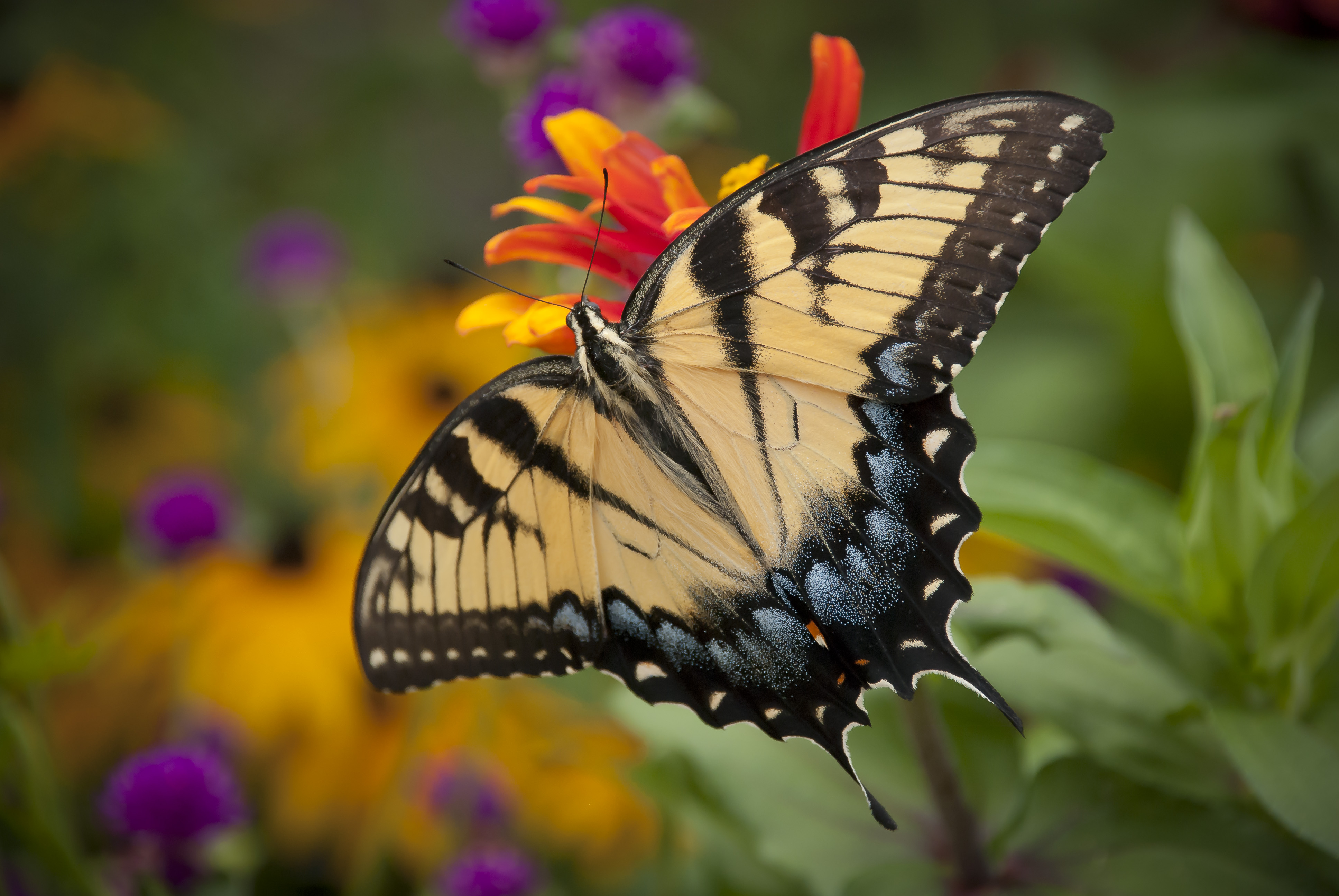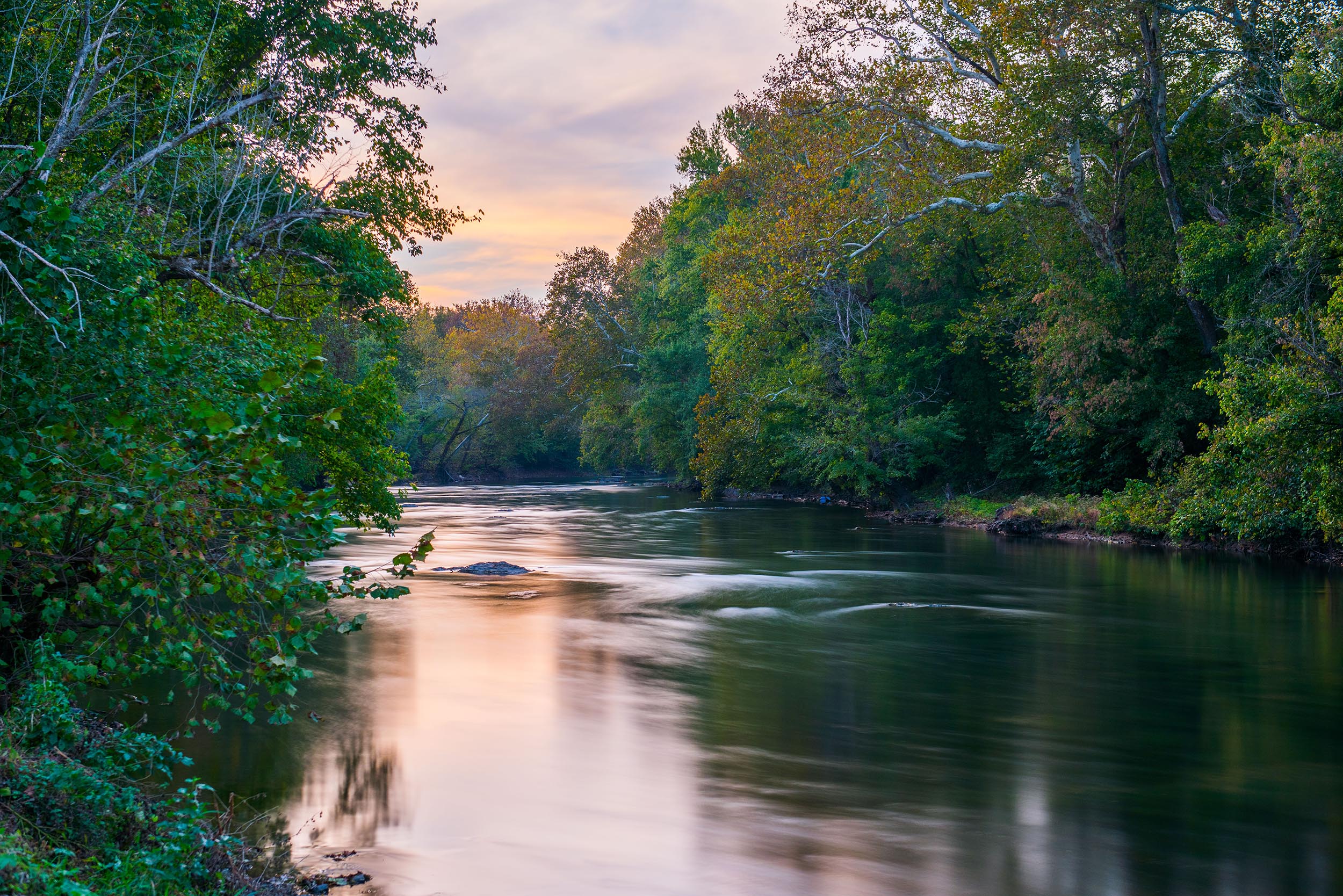Description
A short hike through Fraser Preserve offers glimpses of the many natural habitats found in the Piedmont region, including fast, clear streams, lush cold-spring swamp, marsh, mature hardwood forests, open meadow, ponds, river and stream floodplain forests and thickets, steep rocky bluffs, springs and seeps and various stages of old field succession.
The terrain slopes down to the Potomac River, which forms the preserve's northern boundary.




